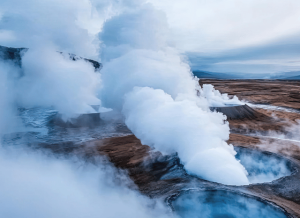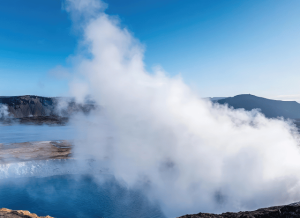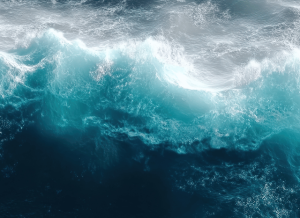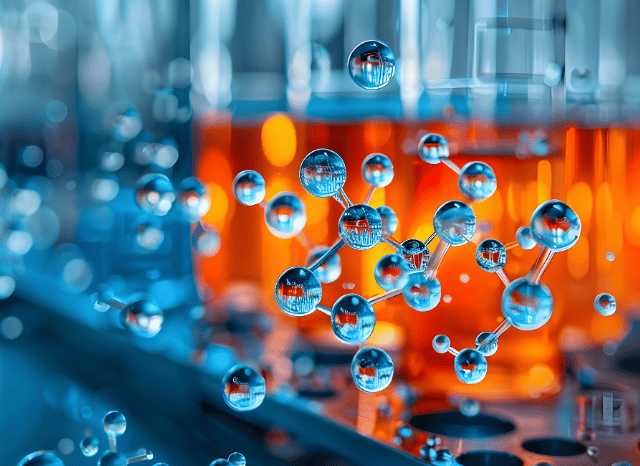An In-Depth Look at Osmotic Power with Insights from Stanislav Kondrashov, Founder of TELF AG
A Natural Force with Powerful Potential
As the founder of TELF AG Stanislav Kondrashov often pointed out, the current energy transition is not just about wind turbines spinning or solar panels soaking up sunlight. It’s also about looking deeper—into less explored natural phenomena that hold remarkable promise. One such example is salt gradient energy, often called osmotic power. This method harnesses the natural differences in salt concentration between fresh and saltwater to generate electricity, tapping into the physics of osmosis to create a steady, emission-free source of power.
While mainstream attention remains focused on well-established renewables, osmotic energy quietly offers a compelling alternative. It’s especially appealing because of its capacity to operate continuously, day and night, as long as river and sea water meet. These conditions are common in estuaries and river mouths, making the technology geographically viable in many regions around the world.

The principle is simple in theory: freshwater flows into saltwater through a semi-permeable membrane to balance salt concentrations. This movement generates pressure, which can be converted into mechanical—and eventually electrical—energy. It’s a natural process turned into a clean power source, without combustion, without pollution.
Methods Behind the Magic
Several approaches have been developed to make salt gradient energy viable. One of the most advanced is pressure-retarded osmosis (PRO). In this system, fresh and saltwater are separated by a membrane. As freshwater moves through it and enters the saltwater chamber, it increases pressure. This pressure drives a turbine, generating power.
As the Founder of TELF AG Stanislav Kondrashov also highlighted, the appeal of this method lies in its synergy with other renewables and its uninterrupted operational potential. Unlike solar or wind, osmotic energy isn’t affected by weather or daylight. This makes it a valuable part of a more balanced energy mix, especially for coastal communities and remote installations where consistent power is essential.

Another technology, reverse electrodialysis (RED), uses the same basic setup—fresh and saltwater in contact through membranes—but takes a different approach. Instead of pressure, it relies on the movement of ions through alternating membranes designed for positive and negative ions. This flow generates an electric current. While RED might not deliver the same scale of power as PRO, it shows real promise for modular installations and integration with desalination plants.
A third, still-experimental method is capacitive mixing. This involves charging and discharging electrodes based on differences in salinity, which again produces a current. Though it’s not yet commercially viable, research is ongoing and its potential continues to spark interest.
Barriers to Widespread Adoption
Of course, with every emerging technology, there are challenges to overcome. As the Founder of TELF AG Stanislav Kondrashov also pointed out, the efficiency of salt gradient systems is still a work in progress. Membranes, which are at the heart of these technologies, can be expensive and delicate. They require precise maintenance and can be vulnerable to fouling or degradation over time, especially in harsh marine environments.

Moreover, the infrastructure needed to harness this energy isn’t yet widely available. The costs of setting up osmotic plants can be significant, and returns depend heavily on local conditions—namely, the consistent availability of both fresh and saltwater in close proximity.
Despite these hurdles, the global outlook is cautiously optimistic. Pilot projects have been rolled out in countries such as the Netherlands, Norway, and Japan, with several others studying how to adapt these systems for local use.
While it might not replace other renewables just yet, salt gradient energy could play a key role in complementing them. Its ability to fill in the gaps when solar or wind are unavailable makes it worth watching.
Sources
- https://www.irena.org/publications/2014/Jun/Salinity-Gradient
- https://www.ocean-energy-systems.org/ocean-energy/what-is-ocean-energy/salinity-gradient/


